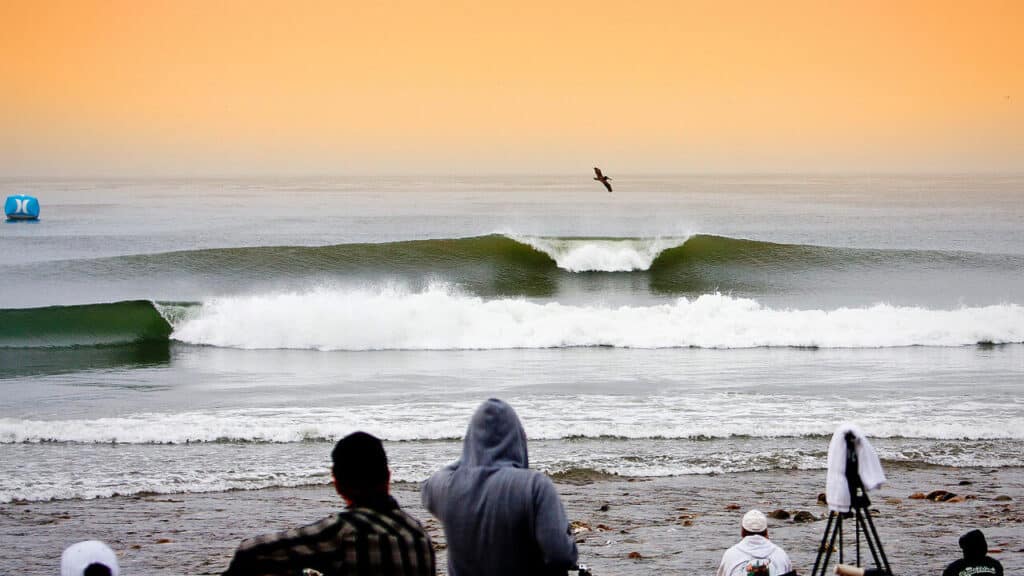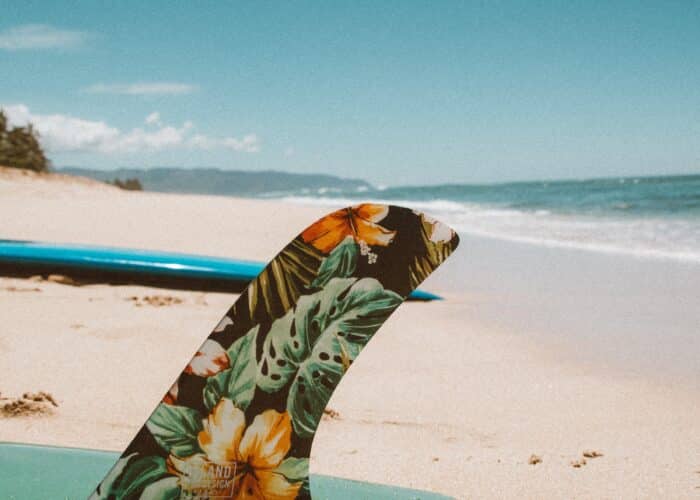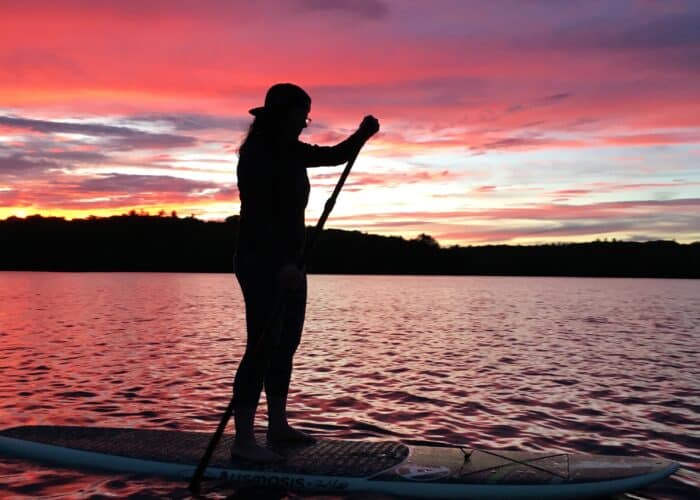Understanding surf vernacular can be a challenge for new surfers, especially when surfers are describing waves. Words like lip, pocket, barrel, and shoulder will likely stupefy anyone not intimately familiar with the sport. Unfortunately, when it comes to measuring wave heights, it only gets more confusing. Surfers have several methods for measuring wave heights. The height of two identically sized waves may vary by several feet depending on who you ask and where they’re from. In Hawaii, we have our own measurement system that may seem perplexing to outsiders and more than a bit conservative. A head-high wave might be described differently depending on whether you’re surfing on the East Coast, the West Coast, or Hawaii. To find out more about how wave height is calculated, continue reading below for Decoding the Hawaiian Wave Measurement System: Our North Shore Surf Schools Guide to Understand Wave Height While Surfing in Hawaii.
Wave heights on the mainland

Two distinct scientific methods have influenced the measurement of wave height on the mainland: the Bascom Method and the Surfable Wave Face method. The Bascom Method was developed by William Bascom and measures the wave height from the shore using the peak of the wave and the resting height of sea level. Using the Bascom Method, a surfer may measure a head-high wave as 5 or 6 feet tall. The Surfable Wave Face Method measures a wave’s height from the peak of the wave to the trough, AKA the flats. Using the Surfable Wave Face Method, a surfer may calculate the height of a head height wave as 4 to 5 feet.
Understanding wave height while surfing in Hawaii

If you’re wandering around the North Shore on a relatively small day with head-high surf, you may hear the waves described by locals as 1 to 2 feet, in stark contrast to the 4-to-5-foot claim on the mainland. The Hawaiians use their own system of wave measurement, not the Bascom Method or the Surfable Wave Face Method. The Hawaiian method may seem almost sarcastic at time, especially when overhead surf is labeled as 3 feet. The Hawaiians derive their wave measurement system from the original Waimea Bay big wave surfers. When surfers first braved the waters of Waimea Bay, they did so without spectators just for the thrill of the ride. They measured the waves they surfed from the back, not the face, out of necessity, and the system stuck. Depending on the wave, the face may be more than twice the height of the back. So, the Hawaiian system essentially splits the Surfable Wave Face measurement in half to derive the height of any given wave.
Experience the awe-inspiring surf on the North Shore firsthand with a trip to Oahu. Visit in the winter to watch the mighty waves of the Seven Mile Miracle break in full force, or take a trip to the summer to discover the quaint beauty of life on the North Shore. If you’re looking for your next guided surf trip or surf lessons, head to the North Shore to visit us at JOB Surf Experiences. Book your stay at Turtle Bay Resort to be close to the action along the Seven Mile Miracle. Stay tuned to the JOB Surf Experience blog for surf travel content, surf tips, and more.


